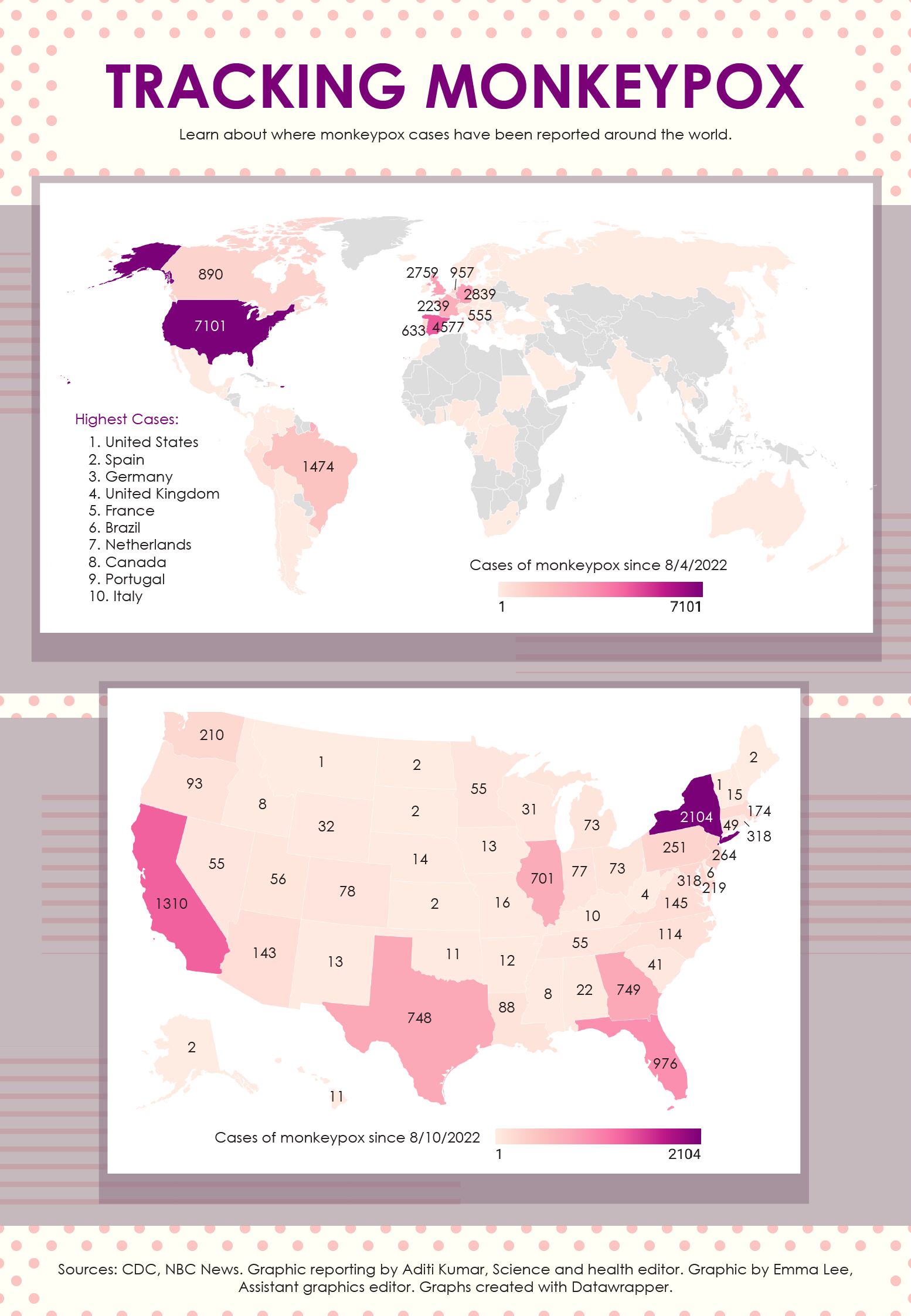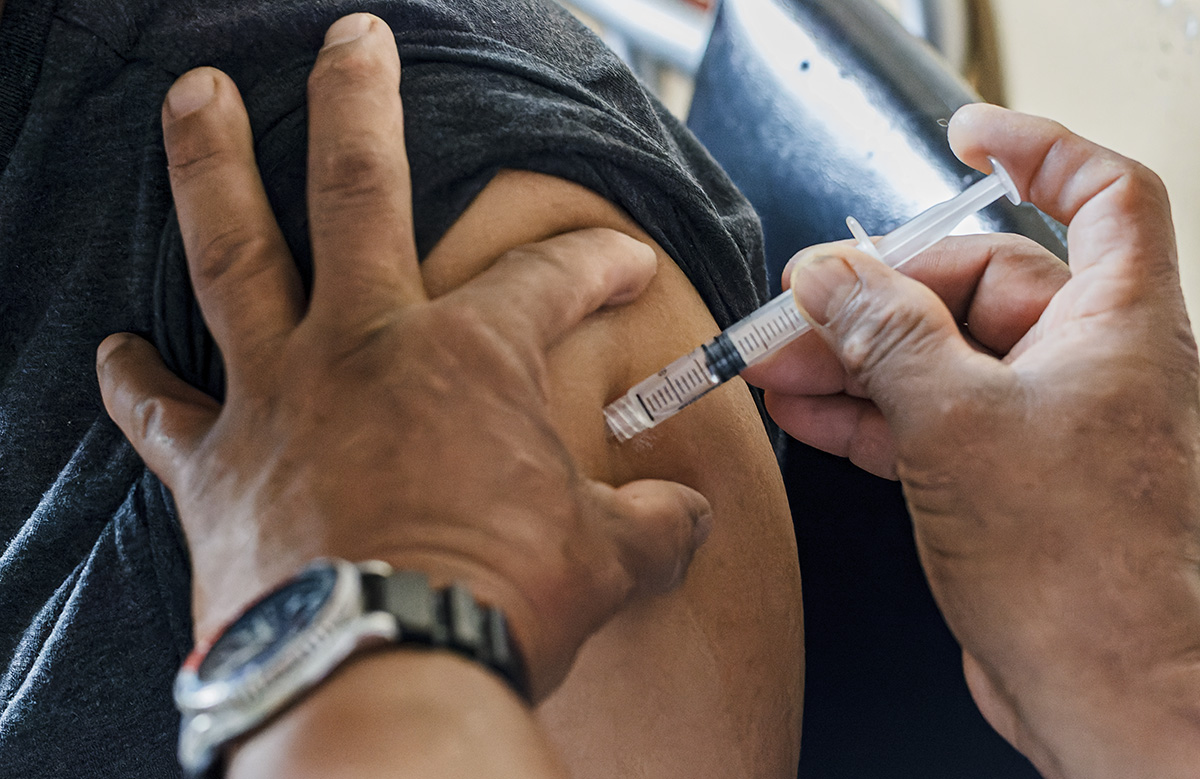Campus Queries: What is RSV, and how is it a factor in this winter’s ‘tripledemic’?
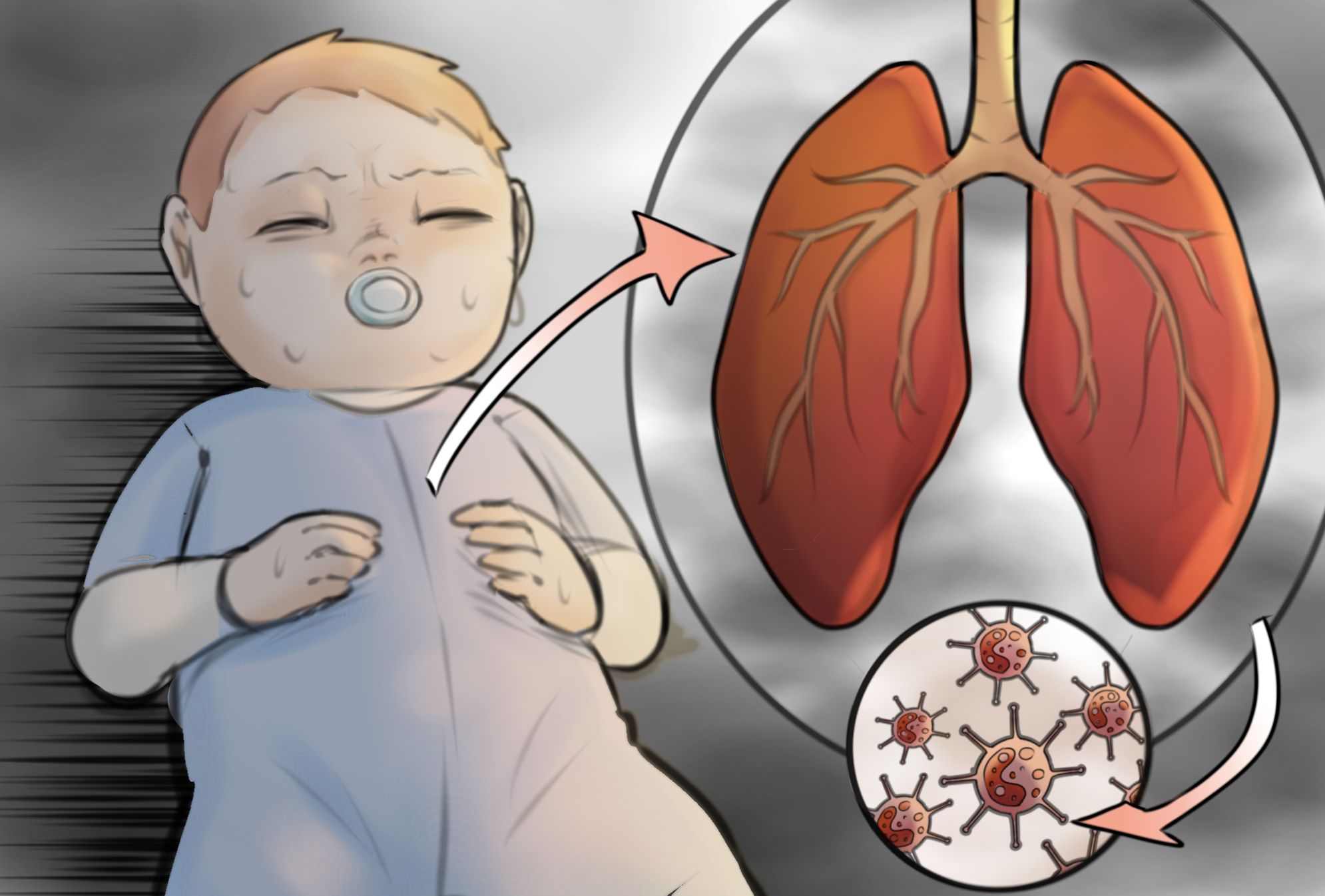
Yan Liu/Daily Bruin
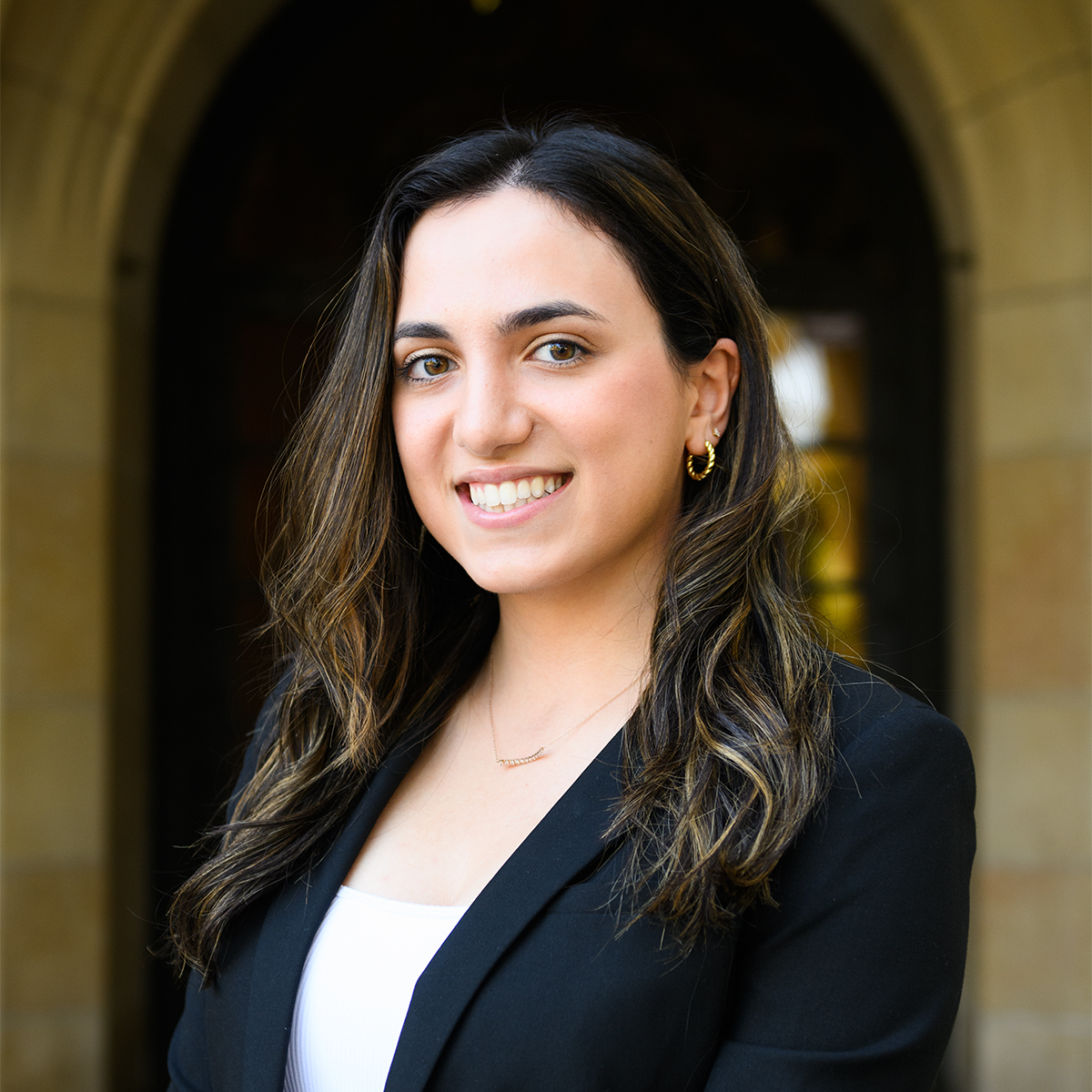
By Eva Danesh
Nov. 28, 2022 2:01 p.m.
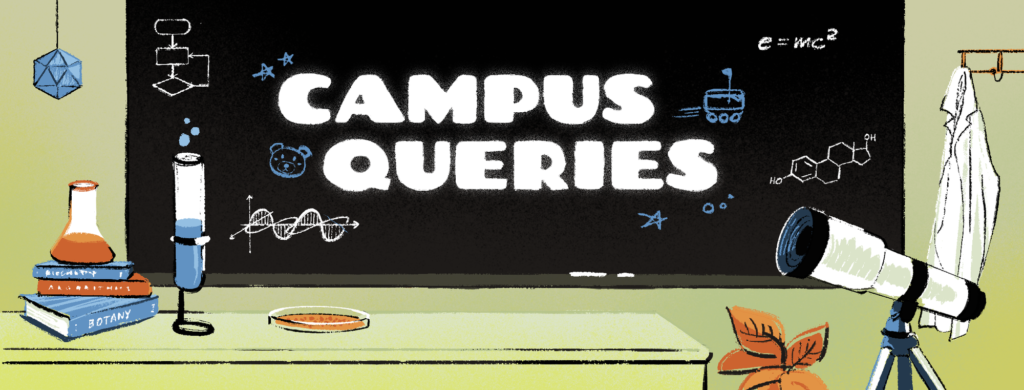
Campus Queries is a series in which Daily Bruin readers and staff present science-related questions for UCLA professors and experts to answer.
Q: What is RSV and how is it contributing to a ‘tripledemic’?
A: Cases of respiratory syncytial virus, or RSV, have been rising across the country, paralleling increases in COVID-19 and flu cases.
This year’s early and strong uptick in cases of RSV, COVID-19 and the flu has led to increased hospitalizations nationally, said Dr. Annabelle de St. Maurice, co-chief infection prevention officer for UCLA Health. Many pediatric hospitals, including UCLA’s Mattel Children’s Hospital, are at capacity.
Nearly all children are infected with RSV, a seasonal virus that usually peaks in winter months, before the age of 2, but precautions against COVID-19 over the past two years have helped prevent contraction of RSV, de St. Maurice added.
“Because we haven’t seen much RSV circulating over the past two years due to the pandemic and to masking and physical distancing, a lot of children over the past few years have not been infected, although they likely would have been in prior years,” said de St. Maurice, who is also an assistant professor of pediatrics in the division of infectious diseases at the David Geffen School of Medicine.
Dr. Alice Kuo, chief of medicine-pediatrics at UCLA and professor of internal medicine and pediatrics at the School of Medicine, said many young children have not had much exposure to common airborne and seasonal viruses that help them develop immunity over time. Children are now returning to daycare and school without masks and getting exposed to a variety of pathogens at once with a less mature immune system, which is likely causing the high number of hospitalizations, Kuo added.
Many children who contract the virus will experience cold-like symptoms, and some could develop inflammation in the lungs’ smaller airways, also known as bronchiolitis, which could require hospitalization, de St. Maurice said.
“Children have smaller airways than adults,” she added. “They can get quite sick when the virus infects their lower respiratory tract and sometimes require oxygen or sometimes more invasive ventilation.”
While RSV greatly affects young children, older individuals are also vulnerable to infection, de St. Maurice said. She said adults that are immunocompromised or over the age of 65 with other conditions can get very sick from RSV, but generally, adults and older children may experience mild symptoms, such as a runny nose or a mild cough, but will not get significantly ill from RSV.
Q: What prevention and treatment options are available for RSV?
A: Age can affect the severity of disease, as children less than 6 months of age will likely experience harsher symptoms than those who are older, de St. Maurice said, adding that children who are born prematurely, have chronic lung or heart disease, or an immunodeficiency are also at higher risk.
High-risk children could be eligible to receive palivizumab, a monoclonal antibody, to prevent severe illness. It is one of the few preventative measures available alongside mask-wearing since promising vaccines are being tested but are not yet available to the public, she said.
Once admitted to the hospital, treatment for children is typically limited to providing oxygen or, in severe cases, more invasive ventilation such as using a ventilator or positive pressure ventilation, de St. Maurice added.
Los Angeles County Health Officer Dr. Muntu Davis spoke in a press briefing on Nov. 17 about the rise of RSV, COVID-19 and the flu in the county.
As all three are respiratory viruses, he said he encourages people to continue practicing basic infection prevention measures against respiratory illness. This includes washing hands often, Davis said.
“Masks will provide protection against RSV and flu the same way they provide protection against COVID transmission,” Davis added at the briefing.
He and de St. Maurice also said they encourage people to get vaccinated against the flu and COVID-19. This season’s flu vaccine and the updated COVID-19 bivalent booster are currently available to the public.
[Related: Campus Queries: What is the bivalent vaccine for COVID-19?]
Q: How have flu and COVID-19 cases changed this season?
A: In the press briefing, Davis also discussed the increased prevalence of the flu and COVID-19 viruses.
COVID-19-related hospital admissions in LA County have increased by 54% since Nov. 1, but the county still remains at low community level, according to the Centers for Disease Control and Prevention.
Both Davis and de St. Maurice said that similar to RSV, the increase in flu cases began earlier this season. As of Nov. 15, the county has also been experiencing strong increases in flu positivity, Davis added in the briefing. De St. Maurice said we typically do not see the peak of influenza cases until around February.
In the press briefing, Davis said the increase in RSV positivity in the county surpasses the peak rates seen over the last four seasons.
Even though the rise in cases of RSV and flu began earlier this year, there is no indication the end of transmission this season will also arrive earlier, Kuo said.
“Unfortunately, as the weather gets colder and that drives people to be indoors more, there will just be more contact with each other,” Kuo said. “I think we are all preparing for a pretty long winter season this year.”



